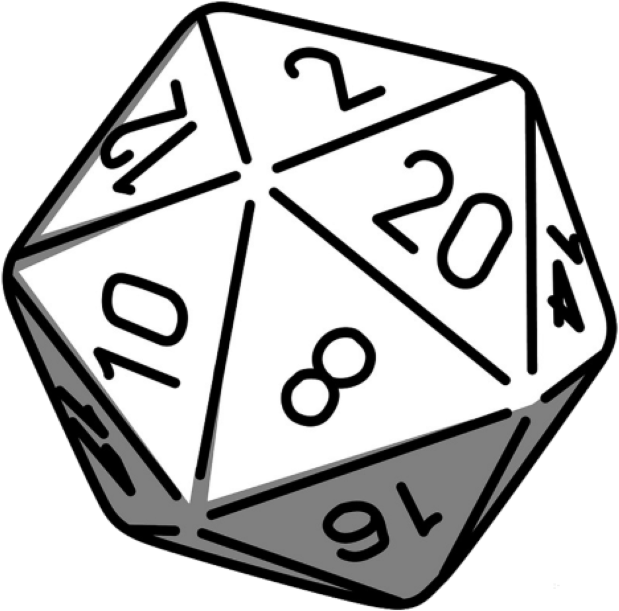

Has anyone mentioned the card game Boss Monster? https://boardgamegeek.com/boardgame/131835/boss-monster-dungeon-building-card-game
Data does indeed knot desks!


Has anyone mentioned the card game Boss Monster? https://boardgamegeek.com/boardgame/131835/boss-monster-dungeon-building-card-game
O B83
PZ2m:",1: 3…b bmm . M h. X ucuz .
Xg ,nc cn, C C cc cc cc cc x cc ccccvqf sàd



Late to this party and I have to agree to Ian M Banks, Ursula K Le Guin, Philip K Dick (very weird, discontinuous, but free-floating and fascinating) and many more. Just to add a couple of things that HAVEN’T been mentioned, that really may get your sci-fi juices flowing: Brian Aldiss’s expansive “Helliconia” trilogy is a cracker - and I think you may see echoes of it in the premise of “Game of Thrones”. I’d also like to plug John Brunner - his work “The Shockwave Rider” is dated now, but essential reading. It is the first book to ever feature the idea of a computer virus. Also DO follow up on “The Machine Stops” by EM Forster - full text available online for free. If it doesn’t BLOW YOUR MIND that it features social media overload, and was written in 1909, well, nothing will.
In new wave sci fi, you might also want to check out J.G. Ballard - too weird and hardcore for many, but the missing link between Moorcock-style sci-fi and mainstream fiction - think 1960s to 1990s Black Mirror. One last recommendation. If you have time and interest, check out the much neglected and ultra-weird work of C.L. Moore. Her “Northwest Smith” character is the prototype for Han Solo for sure, (Space Pirate and smuggler with a concealed heart of gold, flies a deceptively fast ship with just one crewman, who’s an alien. Carries a “heat blaster” which is also configurable as a energy sword. Too many coincidences!)
As a GM, I tend to think about encounters in quite a different way. First, if I have a location which I require the players to go to, for an adventure to happen—typically at the start of a campaign—I’ll start at scene one, “Okay, you’re there!” then ask the players why and how their characters have decided to go there.
This is no different from making sure that adventurers ARE adventurers, or wannabe adventurers, not shopkeepers or farmers or blacksmiths. Sure, you can have a “fish out of water” scenario, but, in general, you want the premise of each character to be compatible with adventuring.
In the case of encounters, I tend to think about the landscape, the ecosystem, and the logic of the world.
If there are ogres about, what do they eat? Where do they get their supplies? What other ogres or other creatures do they interact with? Once you start tracking the activities of the monsters and the rest of the world, then the whole thing starts to feel a lot more logical.
Smart players will start to make logical conclusions, from the evidence of their presence, that encounters may happen. Even if they never actually encounter an ogre, they’ll see the overgrown roadway, and wonder why the road is not in use. They may find the deer guts, and wonder who gutted it before crrying it away. I let the particular flow of the story emerge from the logic of the world, and what the characters do in it, rather than focusing on “narrative beats”.
What this means, of course, is that you have to design the context carefully, so that it’s both coherent and challenging. And you have to operate the active parts of the world, even when the players don’t interact with them.